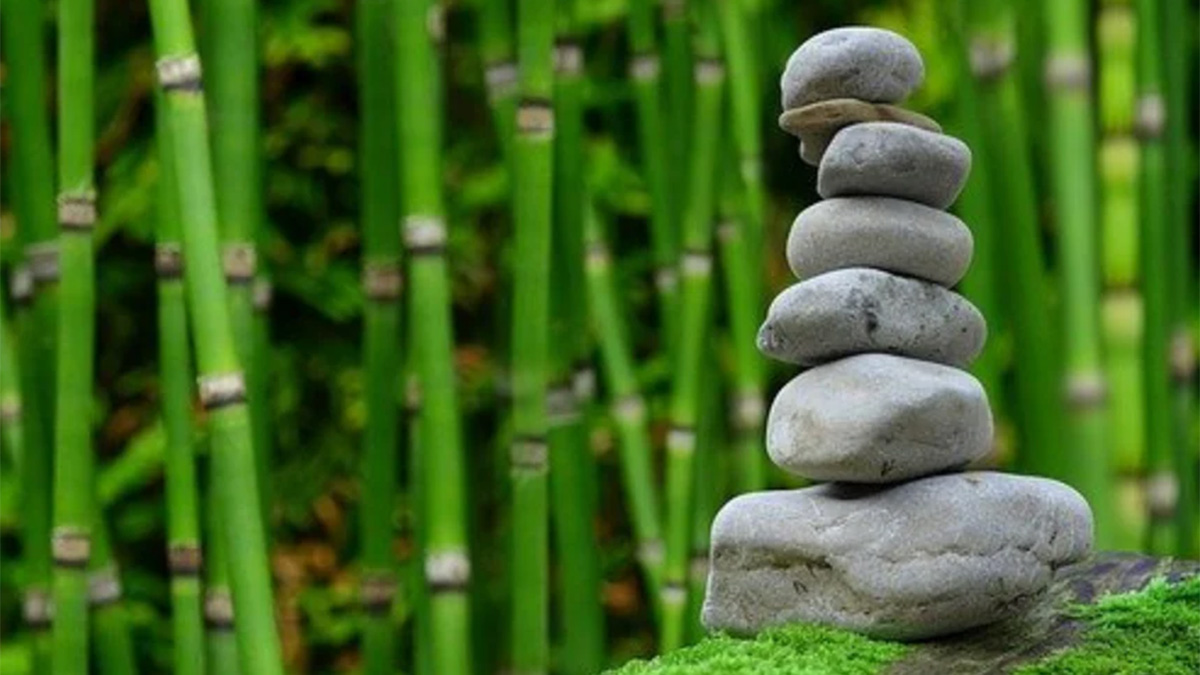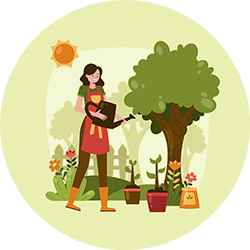How Slow Gardening Can Help You Enjoy Your Garden More

Gardening doesn’t have to be rushed or rigid. Slow gardening is a mindful way to connect with your garden, enjoy the process, and let go of pressure to be constantly productive. In this post, you’ll learn how to embrace a slower pace and rediscover the joy of growing with intention.
What is slow gardening
Slow gardening is a mindful approach that encourages you to enjoy the process rather than rush toward results. It invites you to slow down, observe, and connect with your garden in a more meaningful way. Much like the slow food or slow living movement, it places value on experience, patience, and presence.
This method isn’t about doing less but about doing things with more intention. It supports the idea that gardens are living spaces, not projects to be completed. Instead of focusing on checklists, it emphasizes connection, reflection, and enjoyment.
Why slow gardening is worth trying
Many gardeners start to feel pressure from seasonal timelines, social media perfection, or long to-do lists. Slow gardening helps shift the focus back to what truly matters: the relationship you have with your garden. It encourages a mindset that is more relaxed, joyful, and in tune with nature.
Gardening becomes more than just growing plants. It becomes a calming daily ritual that supports your mental well-being. When you stop racing the clock, you create space for discovery and appreciation.
Let go of the need to be productive
Productivity often dominates how people approach gardening, turning a relaxing activity into a stressful one. Slow gardening helps break that habit by encouraging you to enjoy each moment without needing a specific outcome. You can appreciate the garden’s natural progress without feeling pressure to always be doing more.
Letting go of perfection also helps you enjoy the beauty in weeds, wild edges, or faded blooms. These small imperfections are part of what makes a garden feel alive. When you stop striving for control, you gain a deeper sense of peace.
Take time to observe and connect
Spending time in your garden without a task in mind can completely change how you see it. Sitting quietly, watching insects move, or noticing how the light shifts through the day helps you feel more present. These small observations deepen your connection to the space.
Try keeping a garden journal where you note changes, moods, and discoveries. A photo log can also help you appreciate how your garden evolves through the seasons. Slow gardening is about becoming a student of your own space.
Work with the seasons not against them
One of the most powerful ways to practice slow gardening is to follow nature’s rhythm. Each season offers something different, and honoring those cycles allows you to plan and rest in harmony with your environment. Spring is for growth, summer for bloom, fall for harvest, and winter for rest.
Trying to force activity out of season often leads to frustration. Instead, slow gardening invites you to celebrate what each part of the year naturally provides. Even in winter, there’s value in reflection, dreaming, and watching nature sleep.
Choose projects that bring you joy
Slow gardening encourages you to ask what actually makes you happy in the garden. Maybe it’s growing herbs for your kitchen, planting flowers just because they’re pretty, or building a cozy nook where you can relax. You don’t have to grow what others are growing or do what the gardening world says is essential.
Prioritize tasks that bring satisfaction and let go of the ones that feel like chores. If you love pruning, spend more time with your secateurs. If you dread seed starting, skip it and buy seedlings instead.
Use hand tools and limit technology
Hand tools naturally slow you down and help you engage with your garden more physically. Using them lets you focus on each movement, feel the texture of the soil, and hear the birds or breeze as you work. It also reduces noise and distractions.
By limiting power tools and smart gadgets, you make more room for quiet, mindful effort. This not only nurtures your plants but also supports a calmer state of mind. The simplicity of working with your hands helps build a deeper connection to the space.
Make space for rest in the garden
A restful garden is just as important as a productive one. Adding a bench, hammock, or shaded chair gives you a place to pause and enjoy what you’ve created. These spaces encourage you to spend more time simply being in the garden, not just working in it.
Restful moments might involve reading a book, sipping tea, or doing nothing at all. These pauses allow you to recharge and reflect. Designing with rest in mind helps reinforce the idea that your garden is a place to nourish the soul, not just grow plants.
Celebrate small moments and progress
Slow gardening teaches you to find joy in the little things. A single sprout breaking through the soil, a bee on a bloom, or the scent of damp earth can bring genuine satisfaction. These small events are reminders of the garden’s quiet magic.
Rather than waiting for the big reveal or the perfect harvest, focus on the process. Each day offers something new if you take the time to notice it. The more you celebrate these details, the more rewarding your gardening life becomes.
Conclusion
Slow gardening reminds us that a beautiful garden isn’t just about results, it’s about the experience. By slowing down and connecting more deeply with your space, you’ll find greater joy, peace, and purpose in every season. Whether you grow a lot or a little, the time you spend truly present in your garden is always time well spent.
